Thayer first painted agrarian scenes of barnyard animals as well as natural scenes in his beloved Mount Monadnock in New Hampshire.
He came back from studying at the École des Beaux-Arts in France under Jean-Léon Gérome and Henri Lehmann. They were classic artists with nostalgia for the ancient glory of Greece and Rome.
Of the art scene in France and Italy, opulence and sentiment were in. The old masters in Europe indulged in the Rococo-style flair and pomp of aristocratic life.
If you were rich in the old world, you displayed it with art. Artists were no more than craftsmen in Europe, paid on commission to “get it done.” Adorning the manors of the wealthy to show their wealth, artists portrayed decadence and laissez-faire expressions of “I’ll have my servants take care of it.”
Artists personify nations, set standards in culture, and give life its depth. In the new and blank canvas of the United States, and under the new Republic, artists became leaders. The public was aware of and also looking for its identity. Immigrants were pouring in by the millions with their own native cultures.
People were looking for something distinctly “American.” Abbott Thayer unwittingly captured the image that the public identified with.
Grit and Glamour
Unlike Gérome and other classic painters, Thayer used, quite literally, earthy tones and long, flowing robes on his female subjects. He wanted to portray purity, something removed from the norm.
With an industrial panache, the black soot that blanketed cities in the 19th century seemed to make its way onto Thayer’s canvases.
A Naturalist
Critics would call him a scientist; Abbott Thayer was a self-proclaimed naturalist. Breathing in fresh air is something he and his family believed in. They slept out-doors year-round to reap health benefits and ward off tuberculosis.
Thayer’s children never attended school and took on his enthusiasm for the arts and his childhood passion for the wilderness.
He was also considered the father of camouflage, at least as far as modern military application is concerned. British ship-camouflage designer Norman Wilkinson was thought to have been influenced by Abbott Thayer’s book Concealing Coloration in the Animal Kingdom: An Exposition of the Laws of Disguise Through Color and Pattern.
Wilkinson used the “razzle dazzle” camouflage effect to break up the outline of the British ships-of-the-line during World War I. He striped them like zebras, which was hard on sailors’ eyes but would break up a ship’s outline, making it harder to detect on the horizon.
Thayer described this as the “dazzle” effect in his book. Wilkinson called it “razzle dazzle” but claimed Thayer’s book had no influence on his camouflage designs.
American Legacy
Marvelous at capturing the human form, he was unparalleled at conveying ideals. His artistic mission was to portray purity and spiritual truth in his paintings.
Richard S. Meryman, Jr. stated of Thayer in a discussion about the artist at the library in Dublin, N.H., in 2006: “His early work, like that of many of his contemporaries, consisted mainly of commissioned portraits of wealthy patrons, and he was considered by many to be one of the great portrait painters of his day. However, his present artistic reputation rests principally on a series of mythical and mystical winged figures, and of landscapes, mainly of Mount Monadnock,” according to New Hampshire portrait artist Karin Wells (karinwells.blogspot.com ).
Assigning his students to make copies of his work in the morning, he would roam Mount Monadnock in delight.
Chancing across a new sign reading “Private way—no passing,” Thayer poured through records and found the land still belonged to some Masonian proprietors. The pristine forest, the inspiration for much of Thayer’s work, would remain free.
With the help of the Society for the Protection of New Hampshire Forests, he located 89 heirs of the original owners and halted development of Mount Monadnock. The mountain is now the second-most hiked in the world and acts as a monument to the man who preserved it.

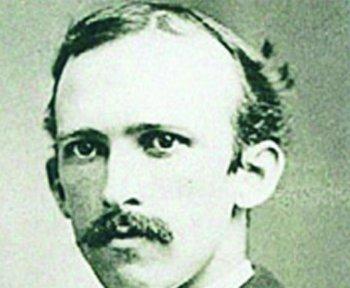
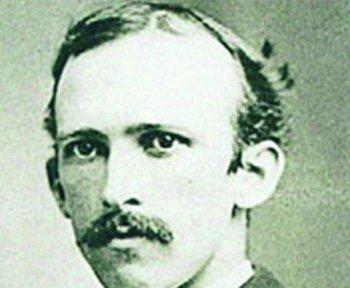
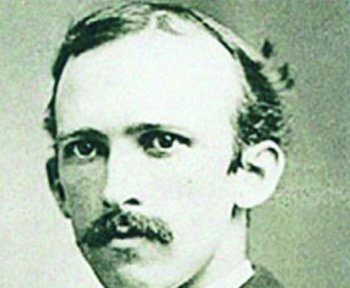


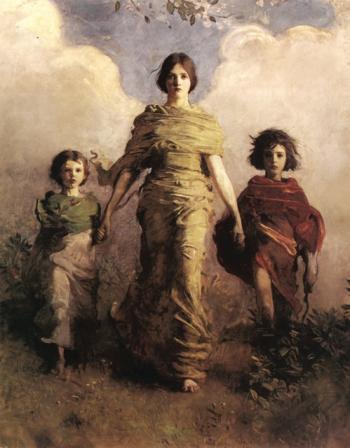
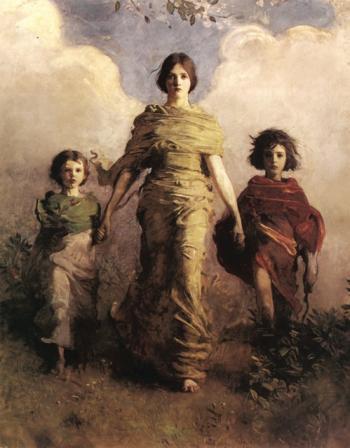

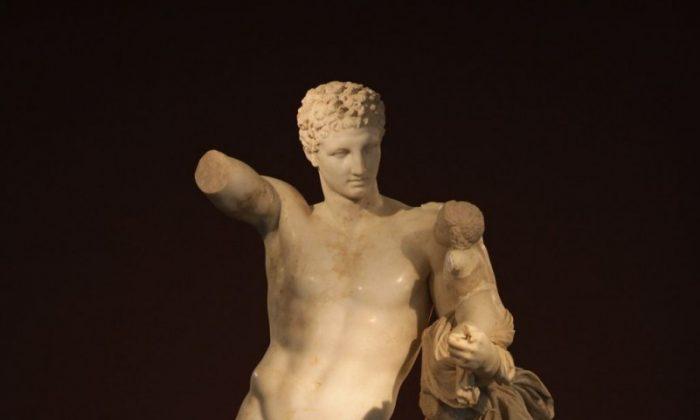
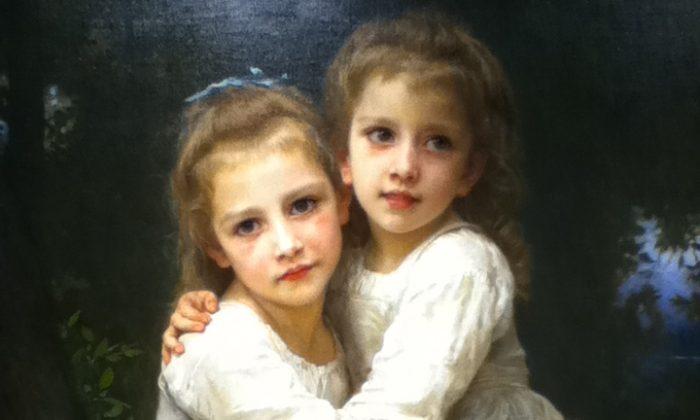

Friends Read Free